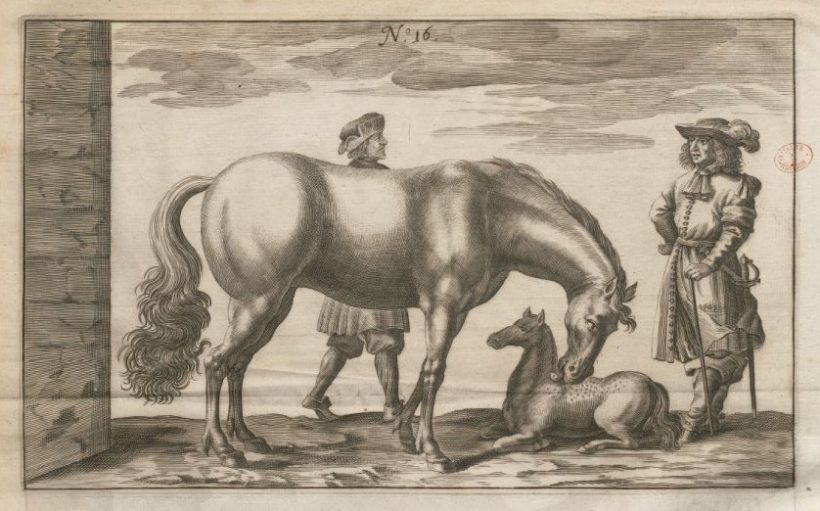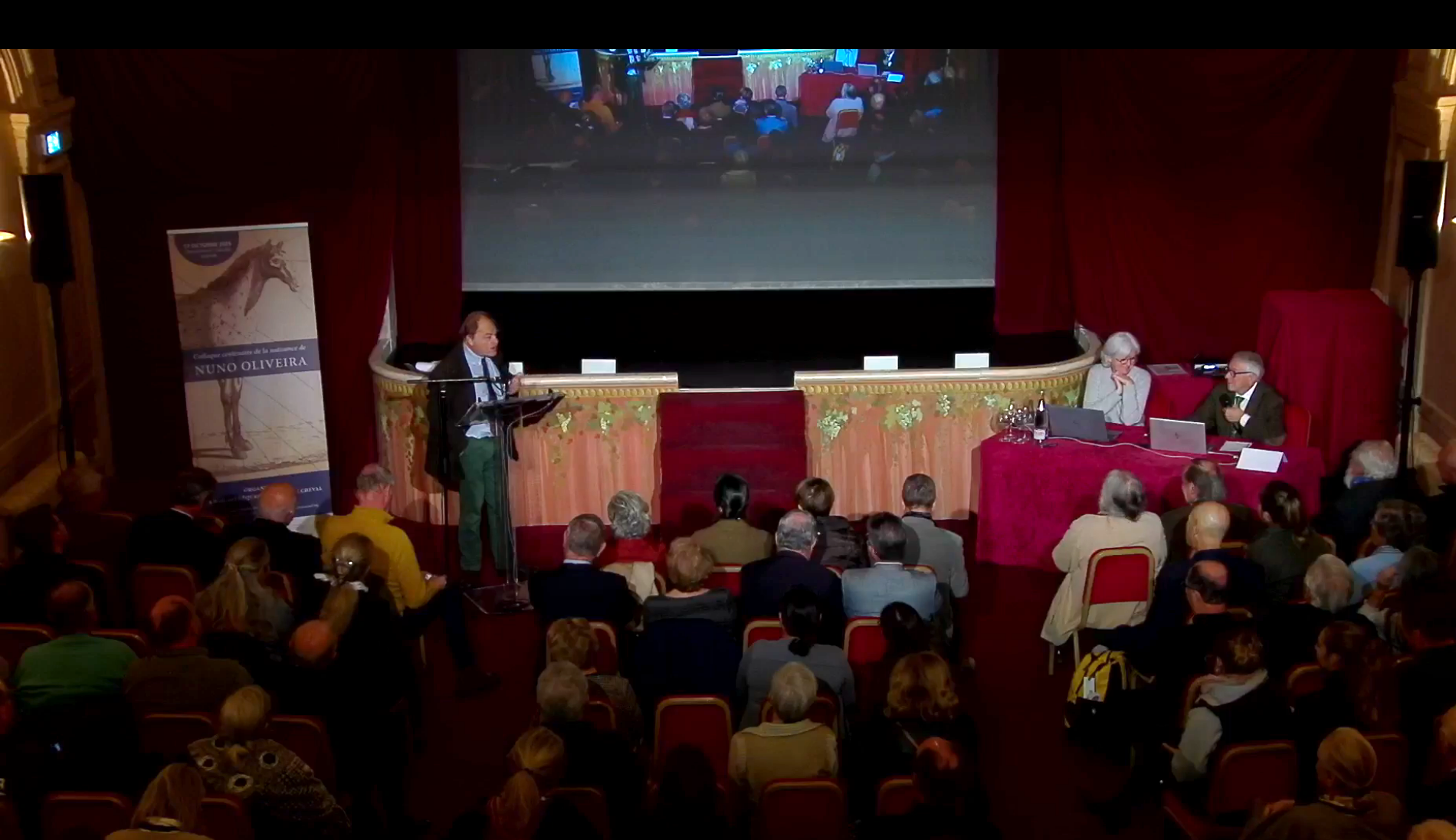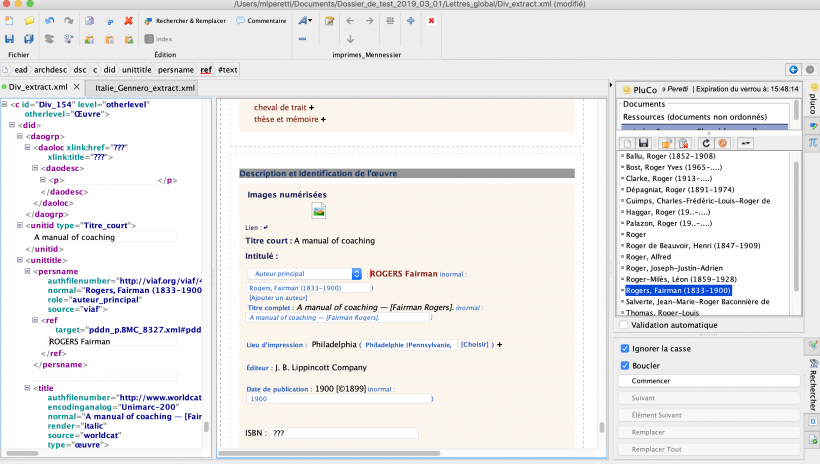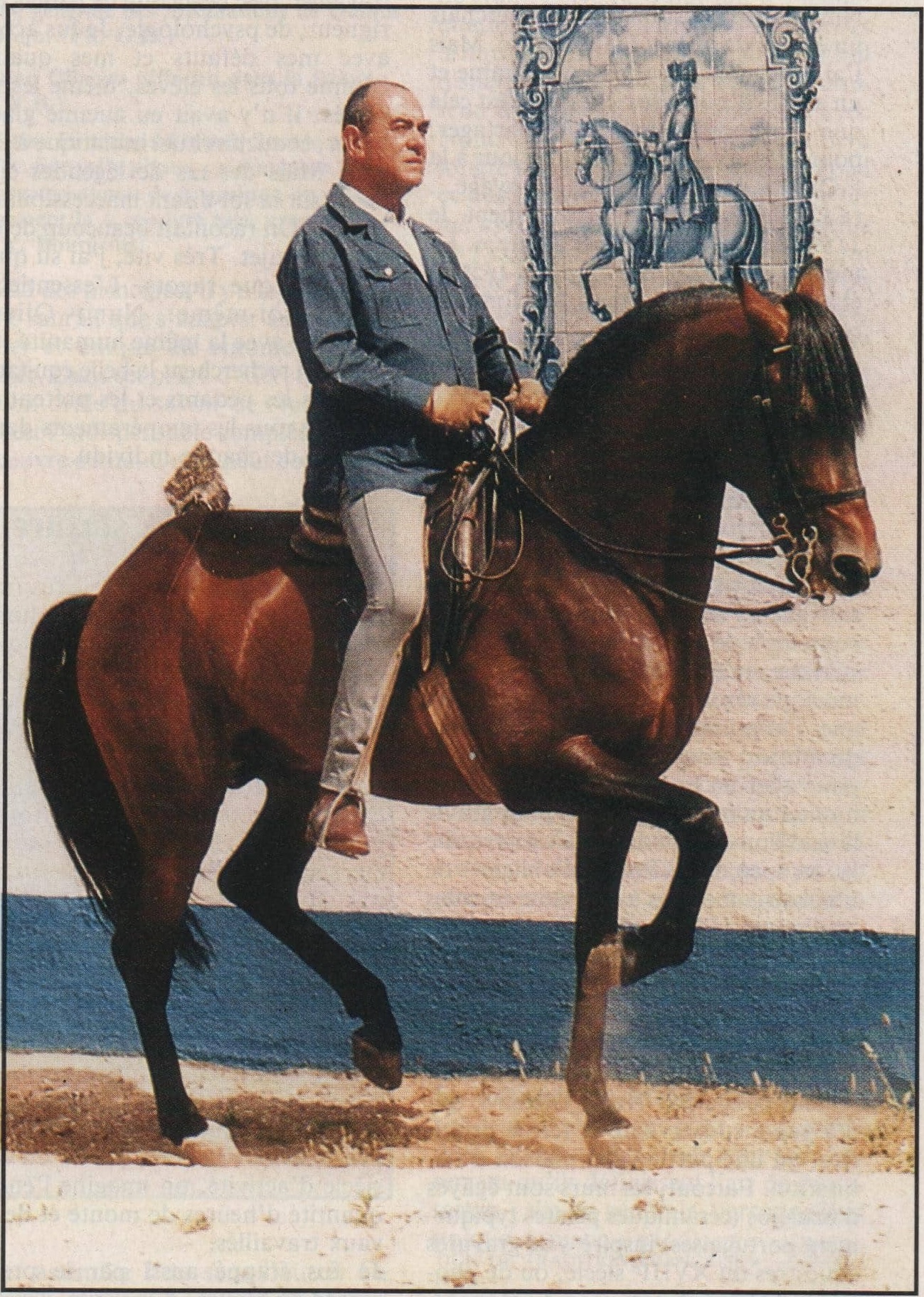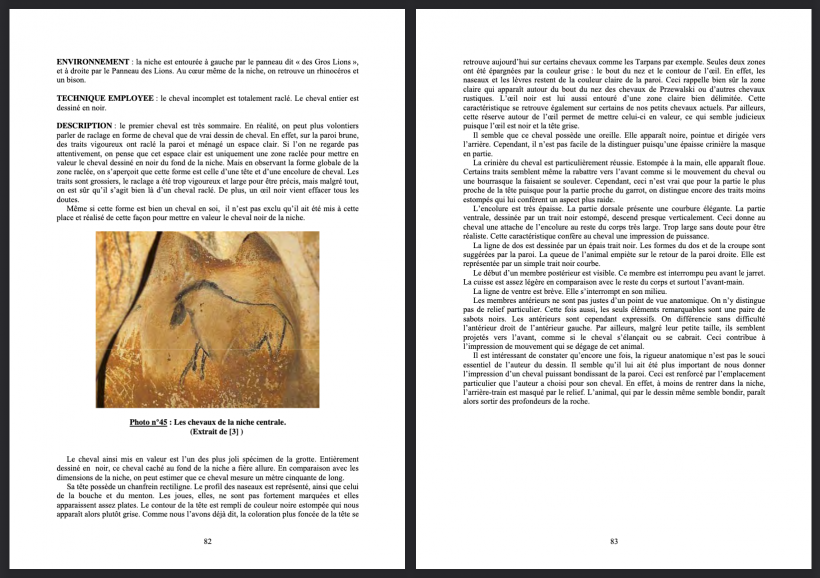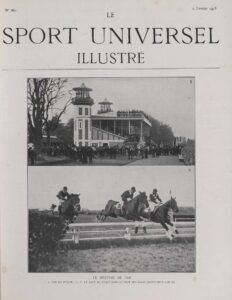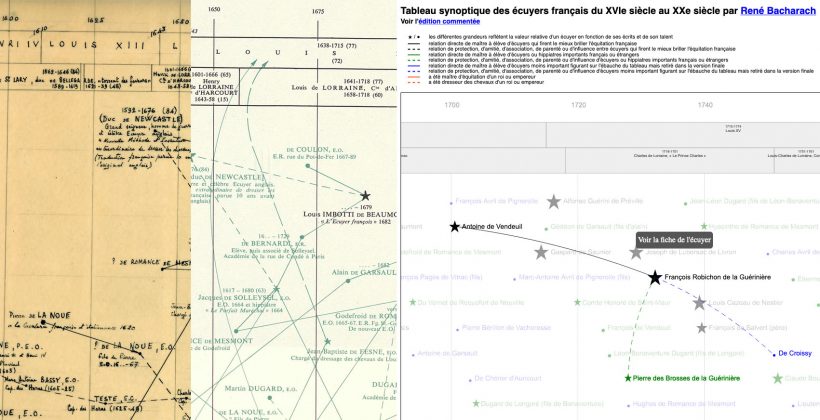
Digital translation of René Bacharach's table
The synoptic table of French equestrians from the 16th to the 20th century by René Bacharach, originally published in a supplement to Année Hippique in 1962, is now available in an enhanced digital version by La Bibliothèque Mondiale du Cheval (link).
The annotated study of this chronological frieze, forming an immense synoptic table, accompanied by an article of around ten pages on the history of so-called academic equitation, is probably the best that has been done - visually speaking - on the subject to date.
Throughout this table, which moves forward in time from the sixteenth century to the middle of the twentieth, Bacharach has listed the names of the most important equestrians - those who have written and published about their art - adding the relevant bibliographical references and the relationships (or influences) between the equestrians.
René Bacharach's work is the work of a Benedictine, carried out with a sheet of paper, a pencil and an eraser, all at the service of a passion and an unrivalled knowledge of the subject.
And that's just the beginning!
The work carried out sixty years later by the Digital Document Unit of the Maison de la Recherche en Sciences Humaines (MRSH) at the University of Caen (Normandy), directed by Pascal Buléon and coordinated from the start of the project by Pierre-Yves Buard, which has enabled the World Equine Library to develop since its launch in 2018, also deserves to be mentioned.
It’s expertise in identifying sources, annotating texts, linking parts of texts, reconstructing a transmission and contextual research is exemplary!
Yes! because in the end, this complex, abstract, somewhat vague concept of “intelligent digitisation” applied to Bacharach's work as an author, quite simply makes it more alive, more exciting, enriched and enriching!
Intelligent digitisation? For Pierre-Yves: "A high-flying exercise that involves mastering a range of techniques, practices and a working method that, put together, can produce astonishing results. It's like the internal combustion engine! It seems normal to us today... But it wasn't so for the first people who heard it running, nothing more and nothing less than witchcraft!”.
In fact, Marie-Laure Peretti, the project manager (also studies engineer and in charge of the project, editor’s note), who played a pivotal role in guaranteeing the integrity of René Bacharach's work and its digital version, describes the version available online (link) as a "work in progress". And she adds: "We haven't reached the end of the table's development prospects".
She goes on to recall the beginnings of the project, more than two years ago: "Listening when the subject is raised, justifying its interest, what needs to be guaranteed to preserve the author's thoughts, how to achieve this, but above all what needs to be foreseen - these were the early stages of the operation. In short, establishing a modus operandi with Pierre-Yves Buard and the team of collaborators from the Digital Document Centre, in particular Orderic-Vital Pain, Julia Roger, Subha-Sree Pasupathy and Anne Goloubkoff.
It's a rich and stimulating phase for all parties. In the case of the Bacharach synoptic table, the technological model chosen was the one used to develop the ichthyological library, i.e. a corpus of ancient texts in Latin devoted to the knowledge of fish (code name Ichtya in the collection of digital libraries developed by the MRSH, editor's note).”
The next stage was more discreet and austere. For Marie-Laure, this time alone in front of her copy, “it was a question of getting a stabilo and proceeding to record the data and enter it in a computer document: the number of the squire-author in the LBMC database, his biography, his importance (points, stars) as attributed to him by Bacharach...”.
At this stage, Orderic-Vital's involvement is important. “He's the code's police office”, says Marie-Laure with amusement. “He helped me to align the data between what was already recorded in the LBMC database and the new entries. The table is dense, and sometimes difficult to read: “It requires a lot of vigilance. Of the 200 names listed, the 600 relationships between the squires as the author heard them, I hesitated over a dozen names or the relationships that I was finally able to validate. I had to patiently cross-check the differences between the data in the draft, Bacharach's definitive version and the LBMC database. If they remain after this cross-checking work, they are highlighted. I don't make any decisions. This inventory work continues over time. It's not set in stone”.
Calling in the Certic engineers
Next came the tabulation of the data entered. “This work was done hand in hand with the cluster team. It took several tries before we found the right method for the table to fit into the World Horse Library ecosystem”.
Months of exchanges before Pierre-Yves and the team took over completely, this time to develop the graphical modelling: “The real problem was integrating the timeline, the graphical representation of the timeline which is the main interest of the chart designed by Bacharach. We had to call on the engineers at Certic, the school's IT development unit for research programs”.
“Certic developed the heart of the system”, explains Pierre-Yves, “the cornerstone on which the specificity of the table depends, in this case the time line. All I did was take the results and integrate them into the system, adjusting it”.
To hear him tell it, he did the same for the Bacharach table as he has done for the dozens of subjects already dealt with by the Pôle, i.e. as an engineer, as a professional... Could being passionate about a particular theme be a guarantee of better results? It's hard to say... From a technical point of view, I don't think so. You apply it, you decline it. But the particular interest you have in a particular subject undoubtedly plays a part in your enthusiasm for its development. I've always had a tortured relationship with horses", he says, nicely expressing what he had with Bacharach's synoptic table.
Be that as it may, a few weeks later Marie-Laure Peretti received a link giving her access to a beta version of the chart. “It was magical. I tested the whole thing for a fortnight, made a few corrections back and forth with the Pôle team before attaching it to the commented study that was online”.
Satisfied Marie-Laure Peretti?“I'm never satisfied! What I call the family photo of those who wrote the history of French academic horse-riding, the legacy of this table by René Bacharach to Patrice Franchet d'Esperey, who generously entrusted it to us, deserved to be developed. And there's more to come. There are still improvements to be made to the graphics, and also to the search functions”.
Interview by Xavier Libbrecht
Learn more:
